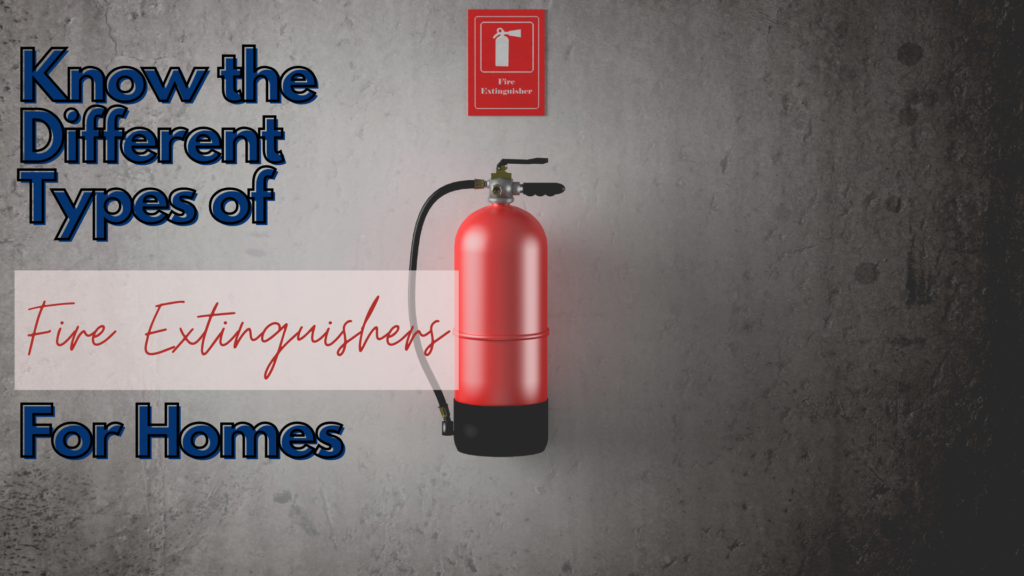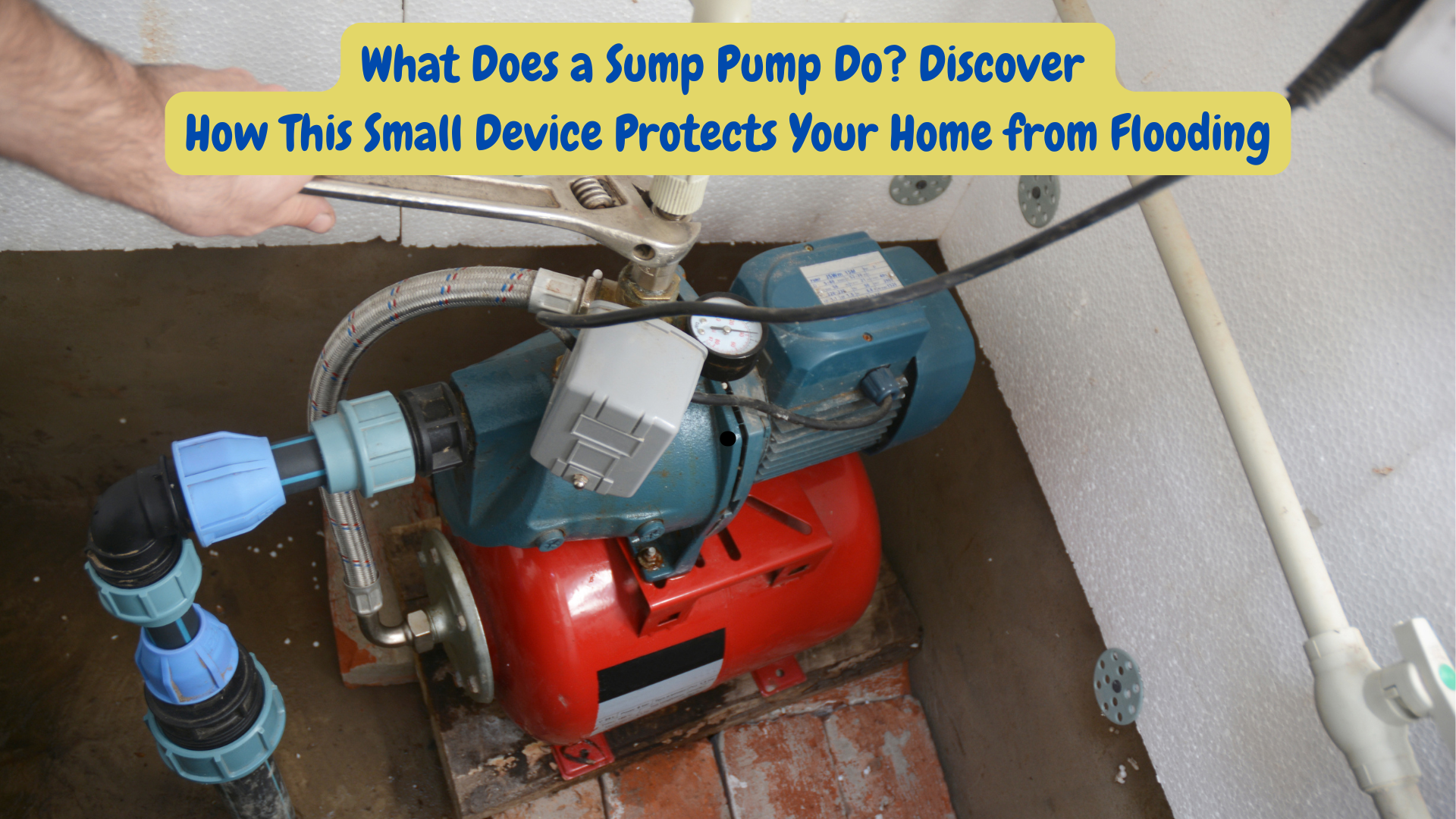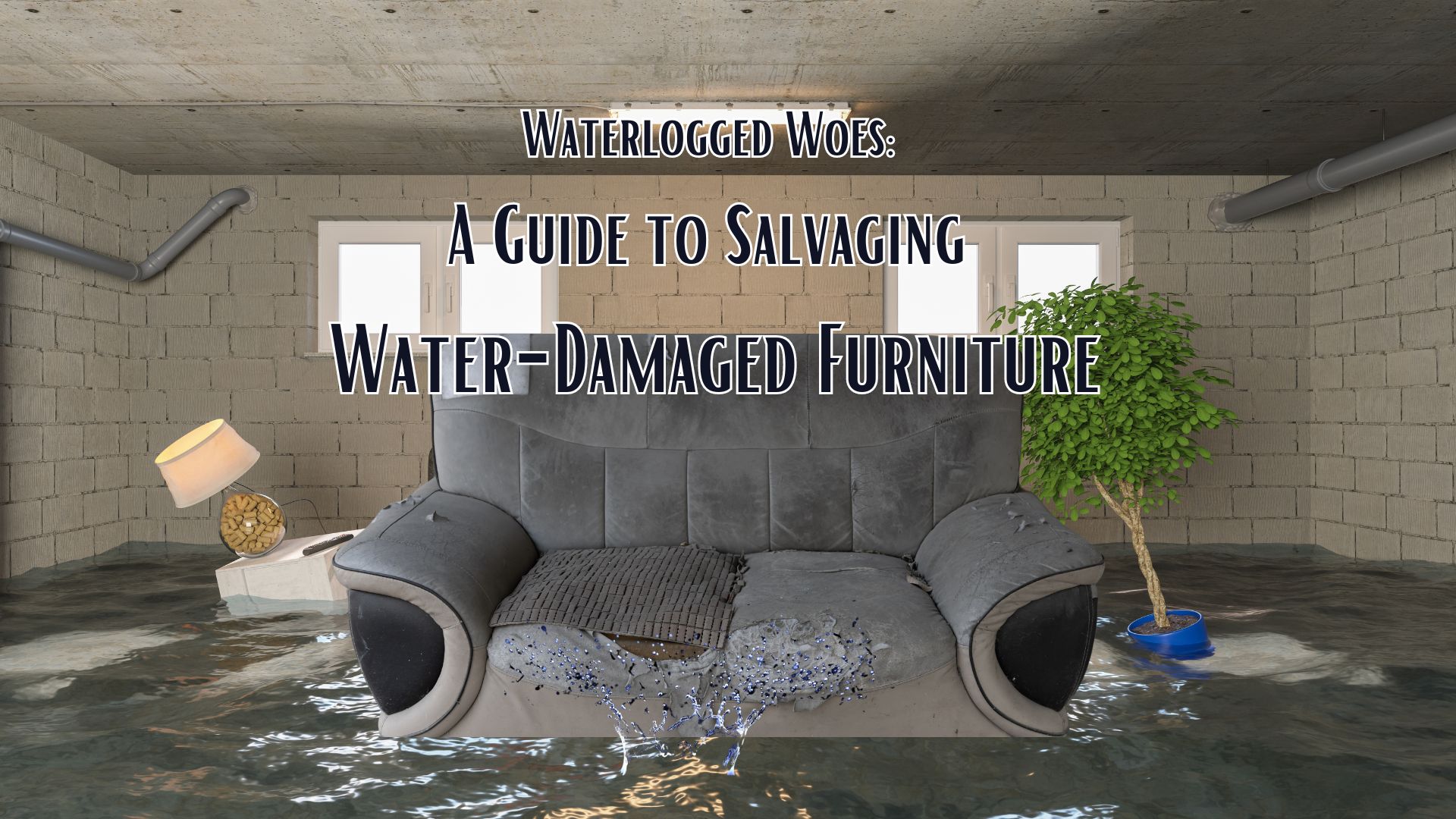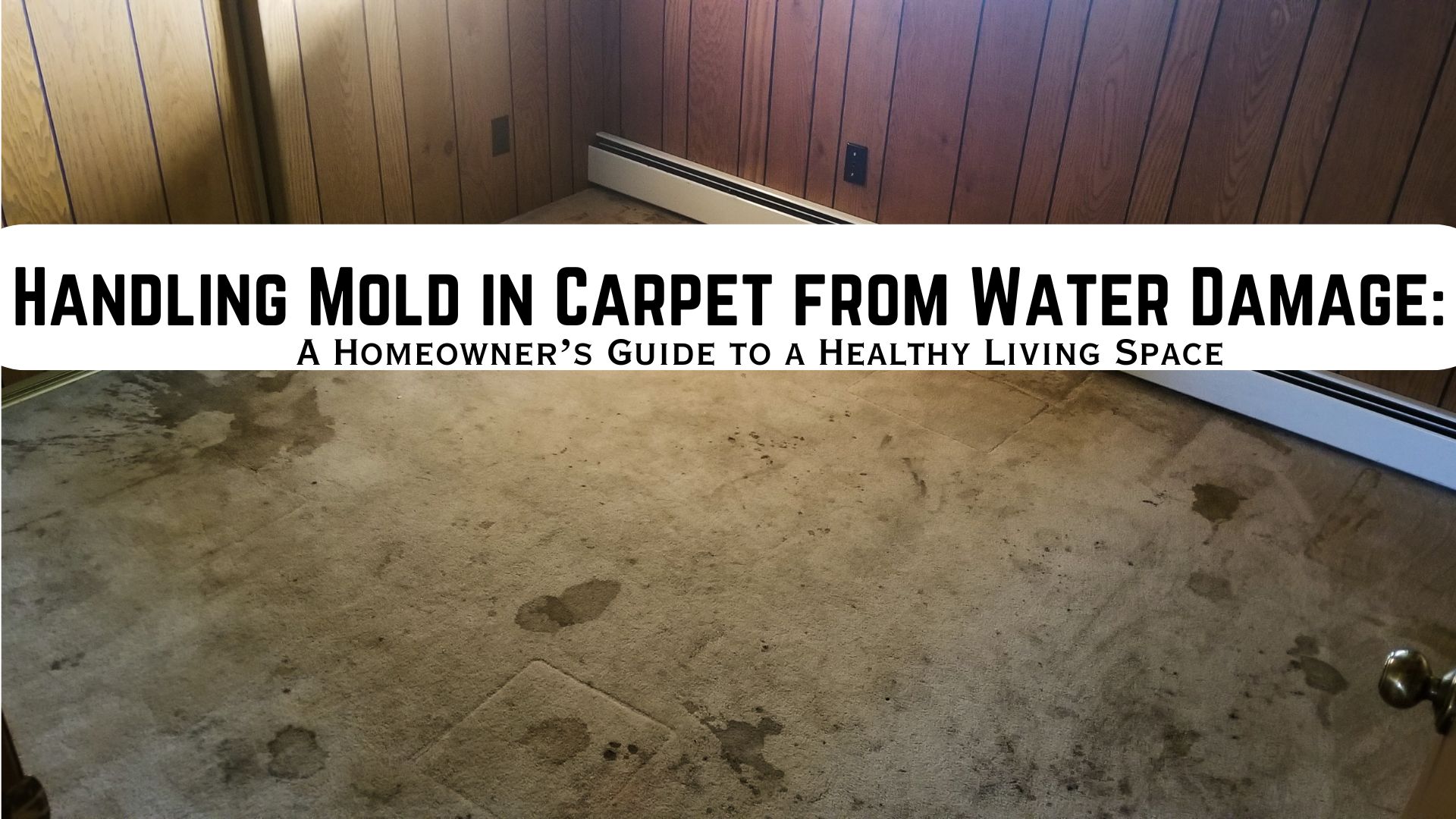
Having a fire extinguisher in the home can be a lifesaver. Either you place it near the home’s exit or in a spot where you can quickly grab it, a fire extinguisher can beat out a small kitchen fire, or at least subdue the household flames while getting out.
All types of fire extinguishers for home use are labeled A, B, or C, or a combination of these three. These classes are indicators of which types of fires, like ordinary combustibles, electrical, or flammable liquids, you can use them on. Class A: B: C fire extinguishers are mostly found at household stores and can fight all three fire types.
Here’s a complete guide to knowing the different types of fire extinguishers for homes and the right ways of using and recharging them.
Does the Size of a Fire Extinguisher Matter?
The prime difference among home fire extinguishers is size. In most situations, more sizeable is better. However, the biggest extinguishers are too weighty to operate. Another difference you can find is between rechargeable (with metal valves) and disposable fire extinguishers (the ones with plastic valves). A rechargeable one looks more expensive at first, but in the long run, it is way cheaper because you can refill it once the contents have already depleted.
The National Fire Protection Association (NFPA) highly suggests a home extinguisher for every floor. Nevertheless, regardless of the number of extinguishers you have, the most efficient safety tool is having a fire plan. Ensure all family members know how to escape swiftly, call 911, and where to go and meet each other outside.
Types of Fire Extinguishers for Homes (Classes and Ratings)
Classes of Fire Extinguishers
Fire extinguishers have four classes, and each of them can beat out a different type of fire.
- A-class extinguishers can kill fires in ordinary combustibles like cloth, paper, and wood.
- B-class is used on flammable liquids.
- C-class is used to put out electrical fires.
- D-class is designed to extinguish fires on flammable metals.
On the label, these letters come after numbers. For instance, 3-A:40-B: C – a classification rating of a fire extinguisher. The higher the number, the bigger the effectiveness. So, a 4-A extinguisher is better at putting out fires on ordinary combustibles than a 2-A one. Note a number never precedes the letter “C.” It only means the extinguisher uses content that does not conduct electricity.
Pick the Right Fire Extinguisher Size
A 10-pound extinguisher is suitable for a garage or home workshop, while a 5-pound one is mainly for a quick grab in the kitchen or laundry area. Look for a rechargeable model with a hose when purchasing either one of these extinguisher sizes.
A 2-pound extinguisher is best for your car. When buying this size, look for a disposable model with mounting hardware to secure it from turning round and round in the car trunk.
A stove-top extinguisher is usually mounted on a range hood over a stove. But do not use it on deep fryers. When purchasing from a store, look for magnetic pressurized ones that pop open from the heat of fires, releasing baking soda or sodium bicarbonate.
Tips on How to Use a Home Fire Extinguisher
Experts highly recommend you learn how to maneuver an extinguisher before a fire emergency appears. Ask your area’s fire department if they offer training related to it.
Use the acronym PASS to help you remember the right way of using a fire extinguisher:
- P – Pull the pin on your extinguisher to break the seal.
- A – Aim the extinguisher at the base of the fire.
- S – Squeeze the handle or the trigger and hold it to release the extinguishing chemical, keeping it upright.
- S – Sweep the base of the fire as you sweep the nozzle from side to side until your extinguisher runs dry.
Replace or refill your extinguisher right away after using it, whether empty or not.
Fire Extinguisher Recharge
Over time, a fire extinguisher loses pressure, making it useless when you need it. Consider using a security system if you often forget to check your gauges regularly. It functions using a 9-volt battery and monitors the fire extinguisher’s pressure. Once the indicator goes low, the sensor system makes an alert sound and flashes a red light, telling you to get your extinguisher refilled. On top of that, like a smoke alarm detector, the sensor beeps when there’s a low battery.
For Fire Damage Restoration Services, Call Superior Restoration

You may have put out the fire using a fire extinguisher, but the fire damage the incident has caused is another issue you need to deal with. No worries, Superior Restoration has your back.
Our company is highly expert in providing home improvement after a fire damage event. We have a team of professionals who are always ready to give you a hand, even in emergencies.
For further questions, contact Superior Restoration today!



